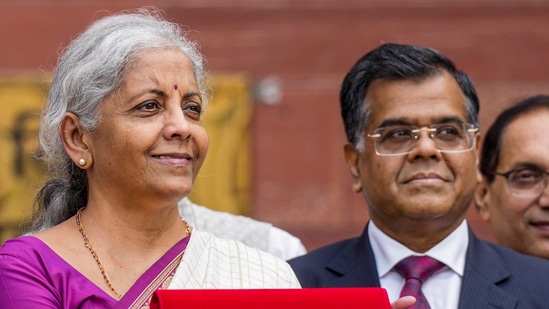On February 1, 2025, Finance Minister Nirmala Sitharaman presented the Union Budget for the fiscal year 2025–26, introducing several significant measures aimed at bolstering economic growth, enhancing the spending power of the middle class, and promoting inclusive development.
Tax Reforms:
• Personal Income Tax: The budget proposes increasing the nil personal income tax slab to ₹12 lakh, effectively reducing the tax burden on the middle class and enhancing disposable income.
• Customs Duties: Customs duties on marine products and critical minerals have been reduced to lower costs for consumers and businesses.
• Exemptions: Life-saving drugs are now exempt from customs duties, making essential medicines more affordable.
Agricultural Support:
• National Mission: A national mission to promote high-yielding crops has been launched to boost farm productivity.
• Credit Limit Increase: The limit for subsidized credit to farmers has been increased to support agricultural activities.
Manufacturing and Investment:
• National Manufacturing Mission: This initiative aims to incentivize manufacturing, thereby creating jobs and fostering economic growth.
• FDI in Insurance: The Foreign Direct Investment (FDI) cap in the insurance sector has been raised to 100%, encouraging greater private investment and enhancing the sector’s capacity to serve the public.
Infrastructure Development:
• Capital Expenditure Increase: The budget allocates a 20% increase in capital expenditure for infrastructure, public transport, and digitalization to stimulate economic activity.
• Regional Connectivity: Enhanced regional air connectivity is planned to improve accessibility and promote tourism.
Fiscal Policy:
• Fiscal Deficit Target: The fiscal deficit target has been set at 4.4% of GDP, down from 4.8%, aiming for fiscal consolidation.
• Borrowing Plans: Gross borrowings are projected at 14.82 trillion rupees, with net borrowings at 11.54 trillion rupees, to fund the fiscal shortfall.
These measures reflect the government’s commitment to fostering inclusive growth, supporting the middle class, and addressing the needs of farmers and other key sectors.




